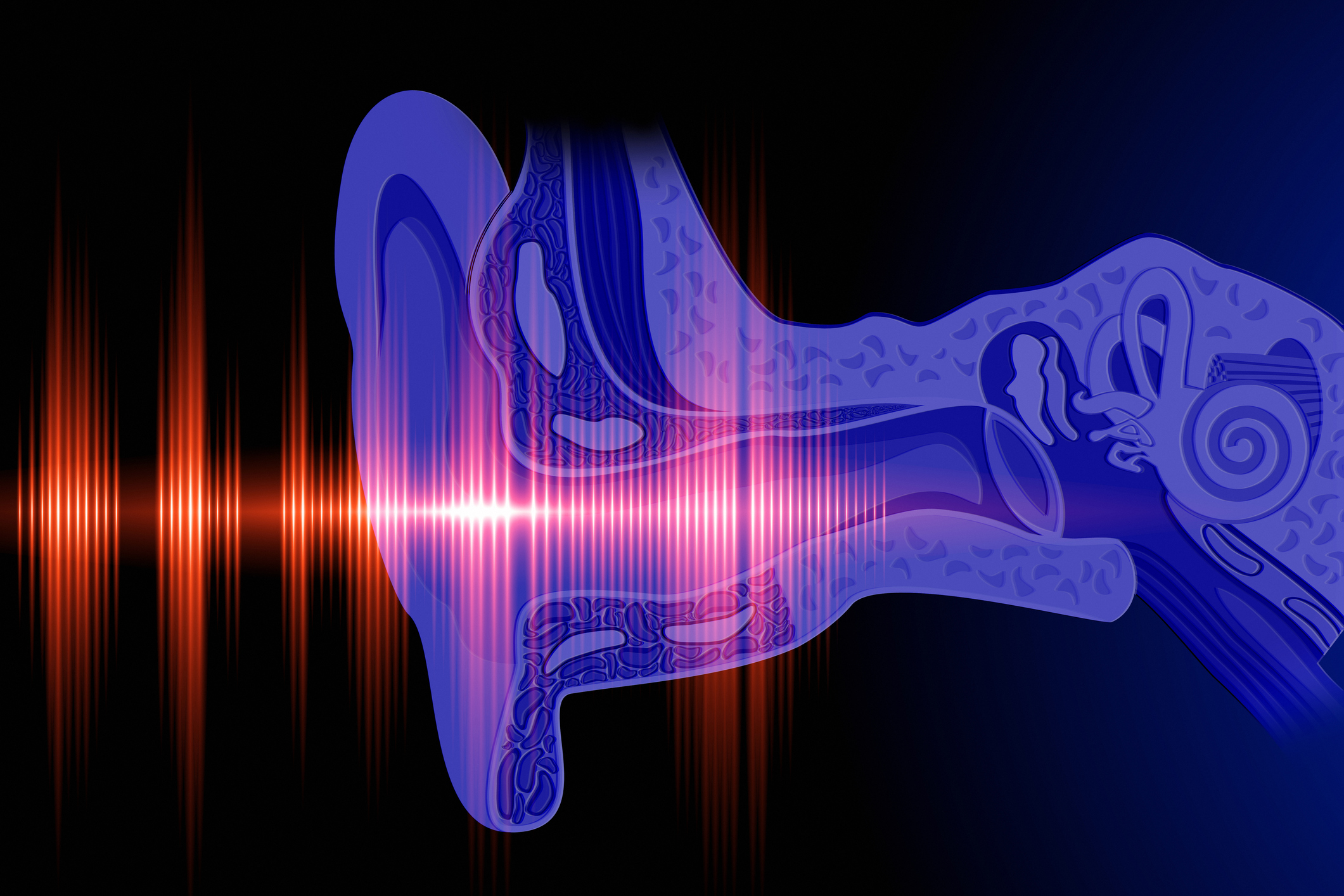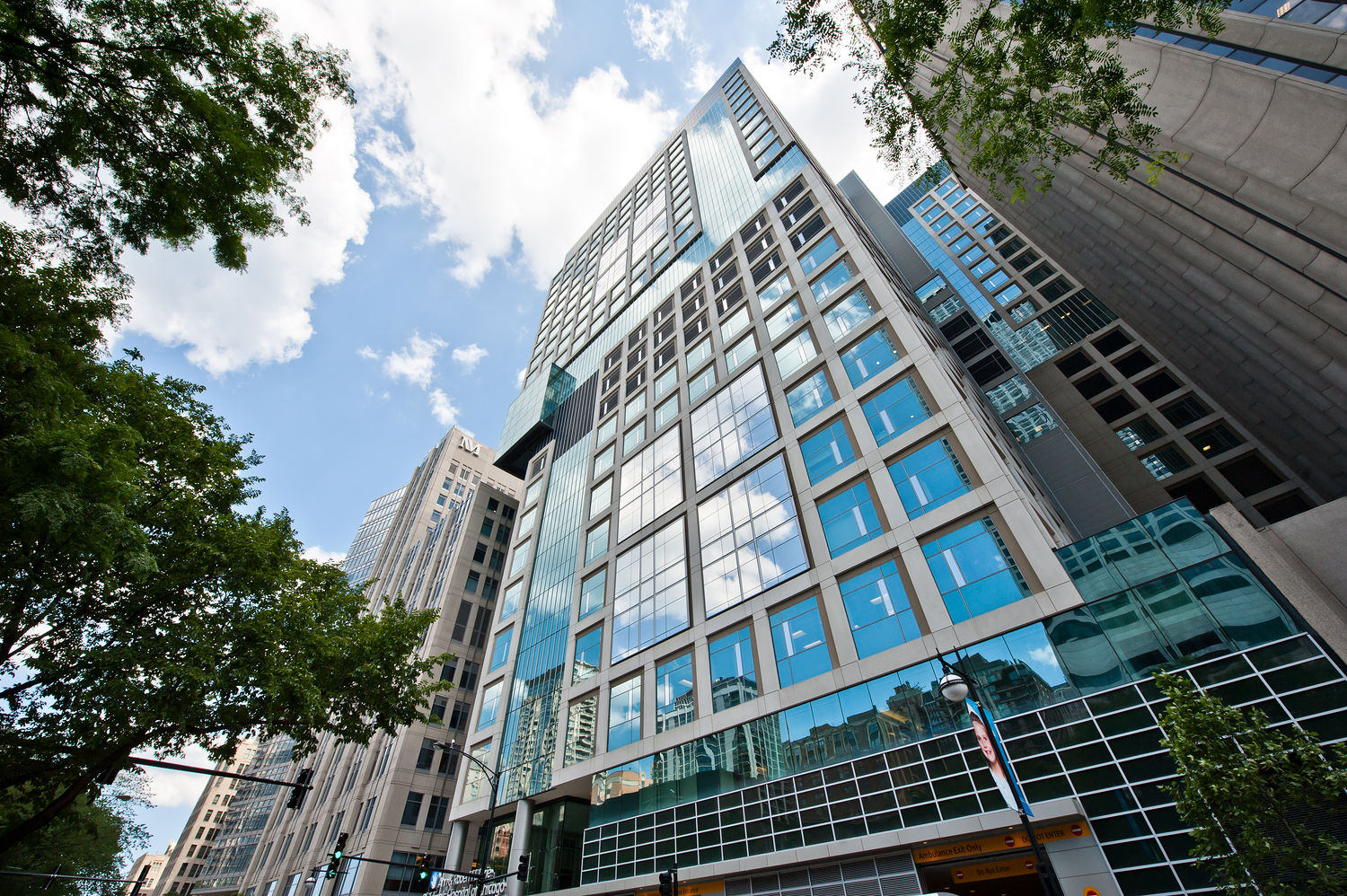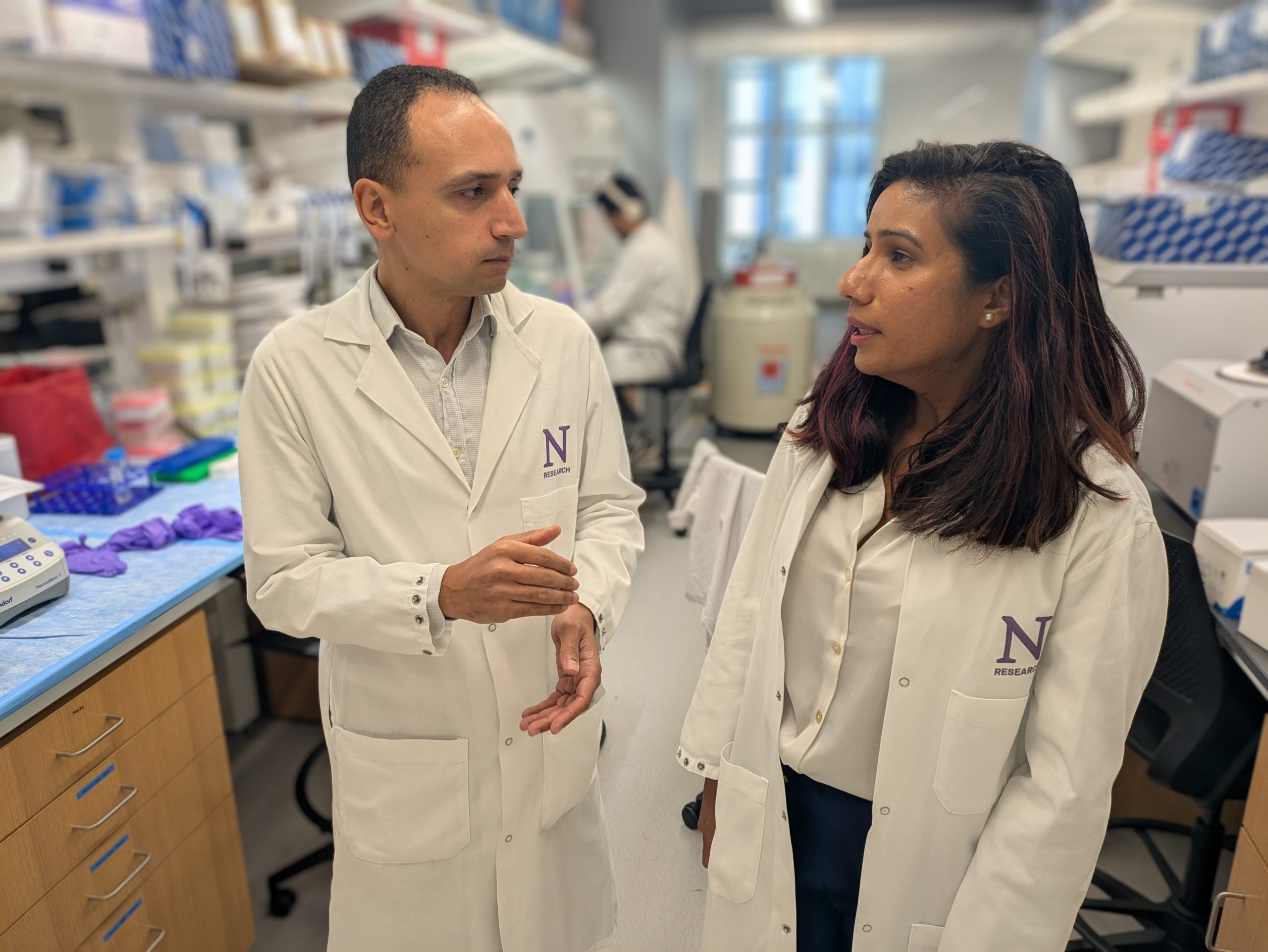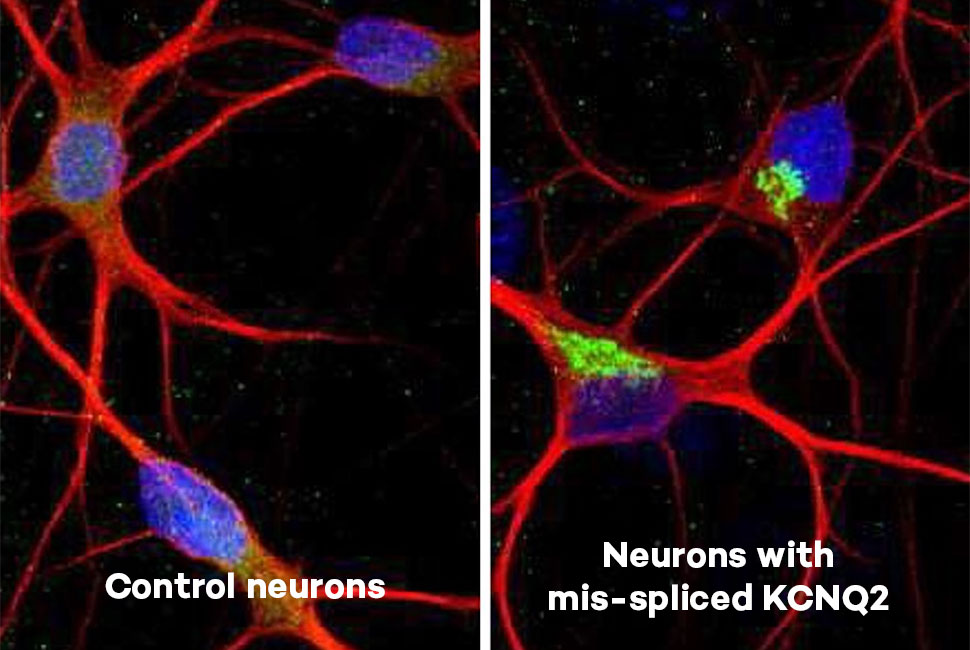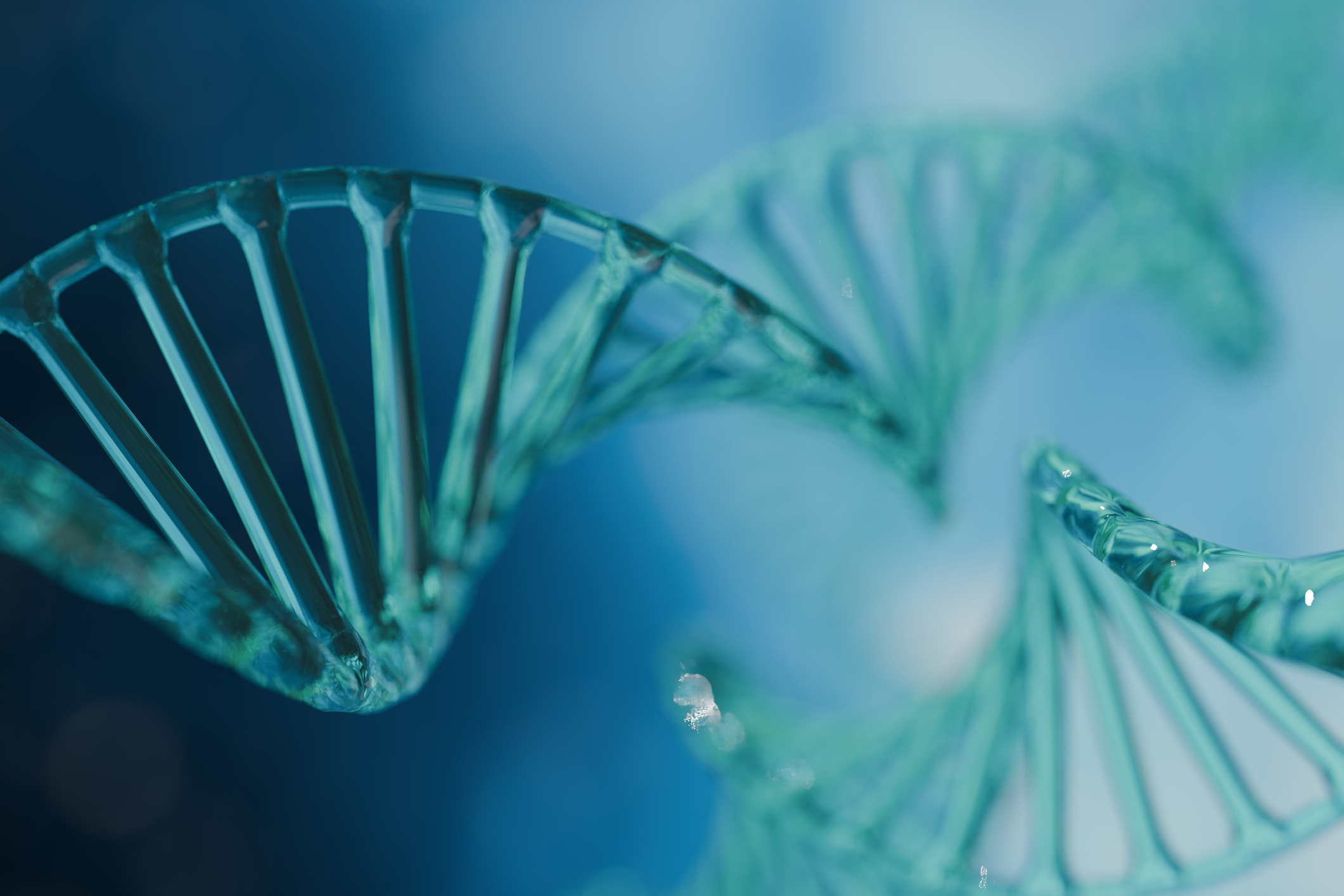Nano-bubble evACE2 fights new variants as well as or better than original strain of virus

Northwestern Medicine scientists and collaborators at The University of Texas MD Anderson Cancer Center have identified natural nano-bubbles containing the ACE2 protein (evACE2) in the blood of COVID-19 patients and discovered these nano-sized particles can block infection from broad strains of SARS-CoV-2 virus in preclinical studies.
The evACE2 acts as a decoy in the body and can serve as a therapeutic to be developed for prevention and treatment for current and future strains of SARS-CoV-2 and future coronaviruses, the scientists said. Once developed as a therapeutic product, it can benefit human beings as a biological treatment with minimal toxicities.
The study, published in Nature Communications, is the first to show evACE2 proteins are capable of fighting the new SARS-CoV-2 variants with an equal or better efficacy than blocking the original strain. The researchers found these evACE2 nano bubbles exist in human blood as a natural anti-viral response. The more severe the disease, the higher the levels of evACE2 detected in the patient’s blood.
“Whenever a new mutant strain of SARS-CoV-2 surges, the original vaccine and therapeutic antibodies may lose power against alpha, beta, delta and the most recent omicron variants,” said study co-senior author Huiping Liu, MD, PhD, an associate professor of Pharmacology and of Medicine and a Northwestern Medicine physician. “However, the beauty of evACE2 is its superpower in blocking broad strains of coronaviruses, including the current SARS-CoV-2 and even future SARS coronaviruses from infecting humans.”
“Our mouse studies demonstrate the therapeutic potential of evACE2 in preventing or blocking SARS-CoV-2 infection when it is delivered to the airway via droplets,” Liu said.
The evACE2 proteins are tiny lipid bubbles in nanoparticle size that express the ACE2 protein, like handles onto which the virus can grab. These bubbles act as decoys to lure the SARS-CoV-2 virus away from the ACE2 protein on cells, which is how the virus infects cells. The virus spike protein grabs the handle of evACE2 instead of cellular ACE2, preventing it from entering the cell. Once captured, the virus will either float harmlessly around or be cleared by a macrophage immune cell. At that point, it can no longer cause infection.
“The key takeaway from this study is the identification of naturally occurring extracellular vesicles in the body that express the ACE2 receptor on their surface and serve as part of the normal adaptive defense against COVID-19-causing viruses,” said co-senior author Raghu Kalluri, MD, PhD, chair of cancer biology at MD Anderson. “Building upon this, we’ve discovered a way to harness this natural defense as a new potential therapy against this devastating virus.”
One of the major challenges of the COVID-19 pandemic has been the way that the SARS-CoV-2 virus has been constantly changing; the way that the virus constantly evolves into \virus strains (variants) with mutations makes it a moving target for treatment and prevention. These new viral strains harbor various changes in the viral spike protein with high infection rates and increased breakthroughs due to vaccine inefficiencies and resistance to therapeutic monoclonal antibodies.
“It remains urgent to identify novel therapeutics,” said Liu, a member of the Robert H. Lurie Comprehensive Cancer Center of Northwestern University. “We think evACE2 can meet the challenges and fight against broad strains of SARS-CoV-2 and future emerging coronaviruses to protect the immunocompromised (at least 2.7% of U.S. adults), unvaccinated (94% in low-income countries and more than 30% in the U.S.) and even vaccinated from breakthrough infections.
Northwestern and MD Anderson have a pending patent on evACE2. The goal is to collaborate with industry partners and develop evACE2 as a biological therapeutic product (nasal spray or injected therapeutics) for prevention and treatment of COVID-19. Liu and another co-senior author, Deyu Fang, PhD, the Hosmer Allen Johnson Professor of Pathology, have formed a startup company, Exomira, to take this patent and develop evACE2 as a therapeutic.
The work was supported by the Chicago Biomedical Consortium Accelerator Award; Northwestern University Feinberg School of Medicine Emerging and Re-emerging Pathogens Program; the National Cancer Institute of the National Institutes of Health; the Blood Biobank fund; and Lyda Hill Philanthropies. Northwestern’s pharmacology and pathology departments; Northwestern University Clinical and Translational Sciences Institute and the Robert H. Lurie Comprehensive Cancer Center of Northwestern University also helped fund the work.
A team of more than 30 authors collaborated on this work. They include four lead co-first authors Lamiaa El-Shennawy, PhD; Andrew Hoffmann, PhD; and Nurmaa Dashzeveg, PHD; all from the Liu lab at Northwestern; and Kathleen McAndrews, PhD, from Raghu Kalluri Lab of MD Anderson. Multiple senior co-authors contributed significant work to the publication, including Northwestern colleagues Michael Ison, MD, MS, professor of Medicine in the Division of Infectious Diseases; Yuan Luo, PhD, associate professor of Preventive Medicine; Alexis Demonbreun, PhD, assistant professor of Pharmacology; and Daniel Batlle, MD, the Earle, del Greco, Levin Professor of Nephrology and Hypertension; Dominique Missiakas, PhD; and Glenn Randall, PhD, at University of Chicago Howard T. Ricketts Laboratory and Tujin Shi, PhD, at Pacific Northwest National Laboratory.
The collaboration between Northwestern and M.D. Anderson was fostered by co-author Valerie LeBleu, an MD/MBA student at Feinberg and Kellogg School of Management and formerly an assistant professor of cancer biology at MD Anderson.

